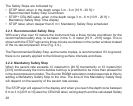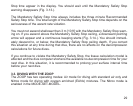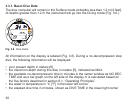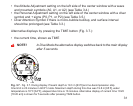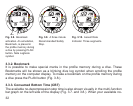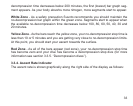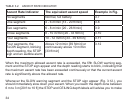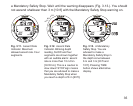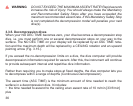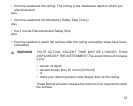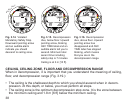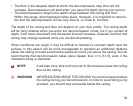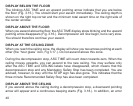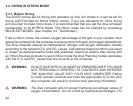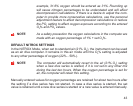
36
WARNING DONOTEXCEEDTHEMAXIMUMASCENTRATE!Rapidascents
increasetheriskofinjury.YoushouldalwaysmaketheMandatory
andRecommendedSafetyStopsafteryouhaveexceededthe
maximumrecommendedascentrate.IfthisMandatorySafetyStop
isnotcompletedthedecompressionmodelwillpenalizeyournext
dive(s).
3.3.5. Decompression dives
When your NO DEC TIME becomes zero, your dive becomes a decompression stop
dive, i.e. you must perform one or several decompression stops on your way to the
surface. The NO DEC TIME on your display will be replaced by an ASC TIME nota-
tion and the maximum depth will be replaced by a CEILING notation and an upward
pointing arrow (Fig. 3.15.).
If you exceed the no-decompression limits on a dive, the dive computer will provide
decompression information required for ascent. After this, the instrument will continue
to provide subsequent interval and repetitive dive information.
Rather than requiring you to make stops at xed depths, the dive computer lets you
to decompress within a range of depths (Continuous Decompression).
The ascent time (ASC TIME) is the minimum amount of time needed to reach the
surface in a decompression dive. It includes:
• the time needed to ascend to the ceiling at an ascent rate of 10 m/min [33 ft/min]
plus



